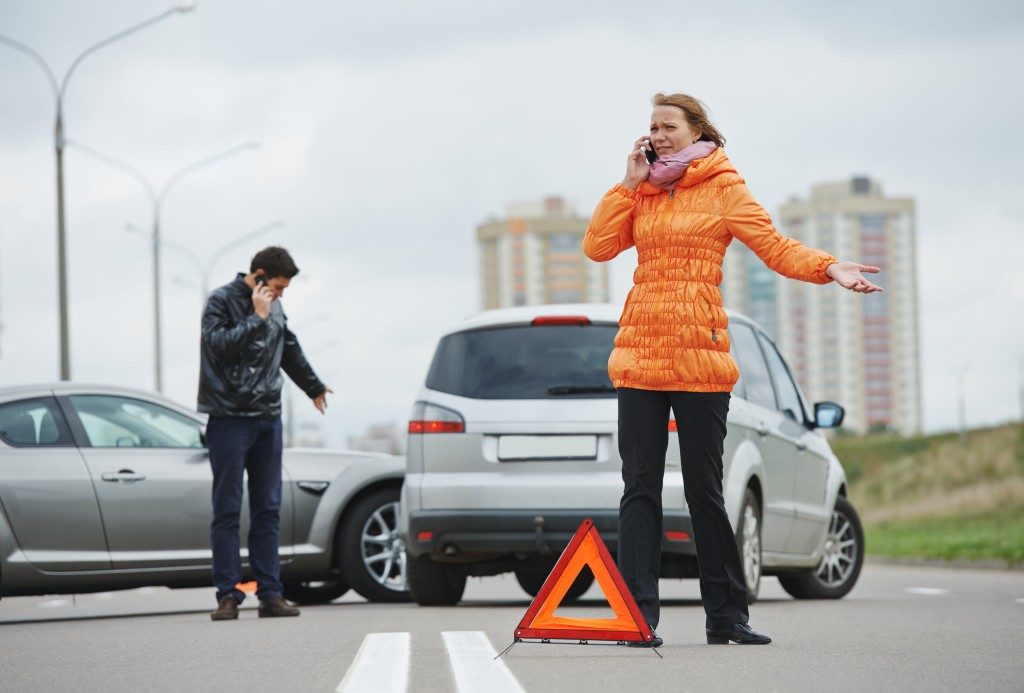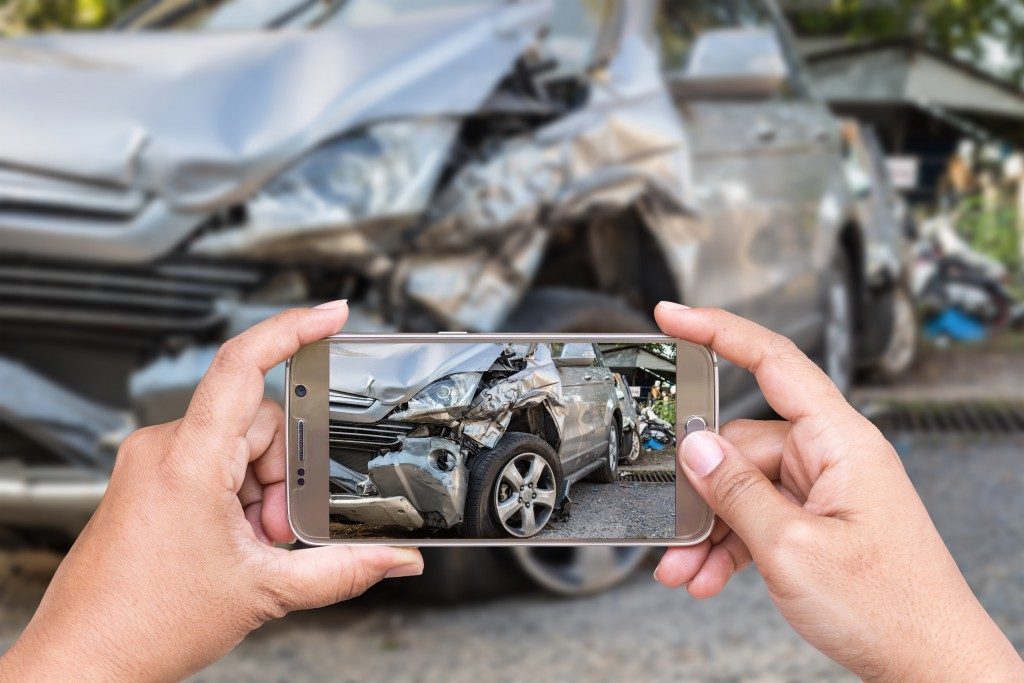It’s not a pleasant thought, but accidents on the road are unfortunately common. According to statistics done by the government, there were a total of 170,993 casualties of all severities in reported road traffic accidents last 2017.
If you’ve been recently involved in a car accident, it’s best to take the right steps immediately after. These include seeking medical help and contacting your insurance provider. On the occasion that you sustained injuries from the accident, the lawyers from Seth Law Solicitors state that you are entitled to claim compensation from the person who is legally at fault.
The success of a personal injury lawsuit or any car insurance claim depends on the extent of losses incurred and the amount of evidence to back your claim. Often, documents and records serve as the best kind of proof.
Here’s a checklist of critical documents that you’ll need before making an assertion.
1. The Police Report
If there was a police officer present at the scene of the accident, they most likely prepared a police report. If there wasn’t, head over to the police within 24 hours. This record contains accurate and unbiased information. It includes information about the location of the incident, date and time, damage to vehicles, injuries sustained, and statements of the witnesses. Having this official document as evidence is more effective than the opinions of involved parties.
2. The Medical Records and Bills
Medical documents play a key role in negotiation because they show evidence that you were hurt in the crash. These records contain a medical professional’s opinion to the cause of the injuries sustained, as well as the medical treatment that you need to be compensated for. The more detailed your records are, the better it is for your personal injury claim. During the evaluation, they’ll see that the injuries you suffered and the bills you paid were a direct effect of the collision.
3. The Photographs and Videos
In a legal settlement, memory alone is unreliable. If you managed to take photographs of the incident after the initial shock, present these during negotiation. Images that show the damage done to your car and the injuries you endured will substantiate the fault of the other party. Photographs of obstructed traffic signs act as clues to the nature of the collision. It also helps to check the buildings surrounding the area where the accident took place. One of them could have security cameras that captured the incident and contain evidence relevant to your claim.
4. The Work Schedule and Proof of Income
If you had to leave work for a few days or weeks to recover from the accident, document the days you missed and how much money you lost out on. You can regain the amount when settling your personal injury claim. The insurance company of the other party will want proof of lost income. You may do this by asking your supervisor for an outline and estimate, or by presenting pay check stubs and other financial documents that support your assertion.

